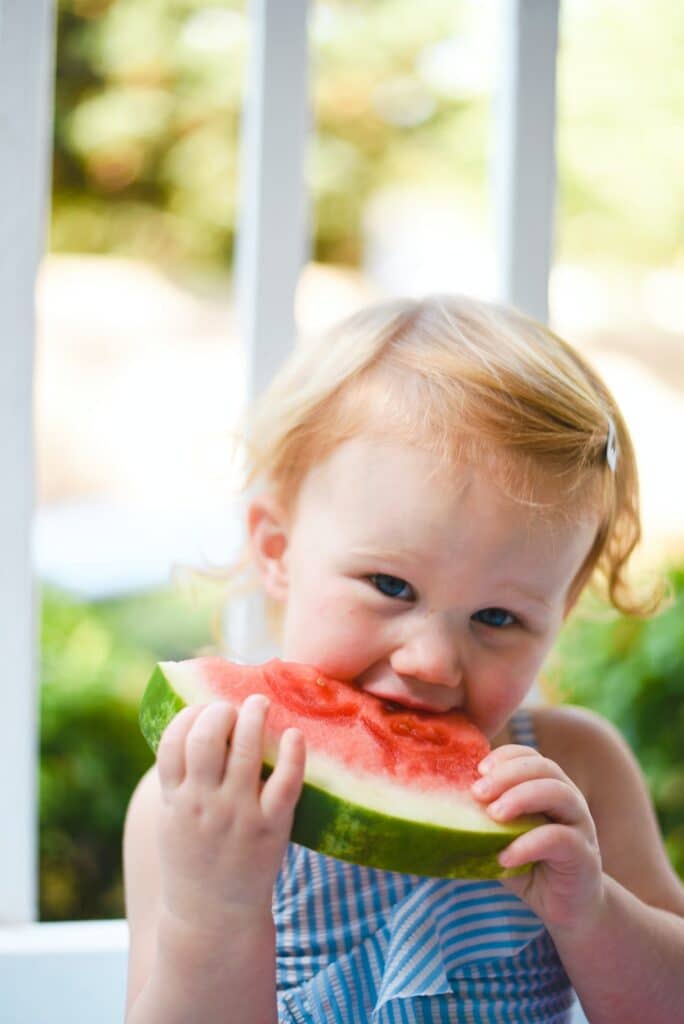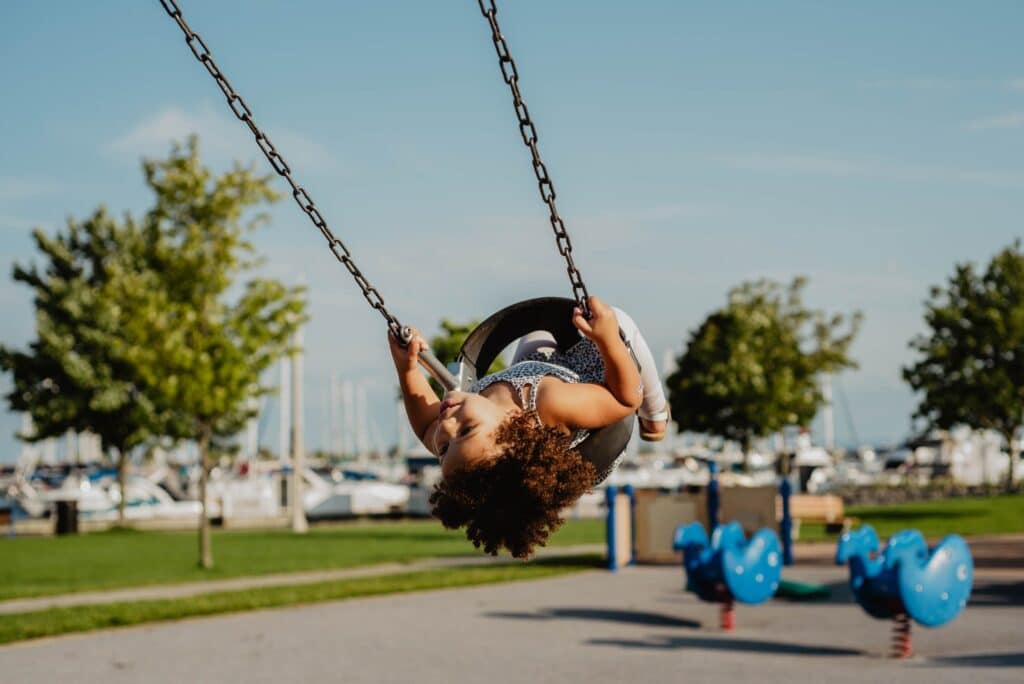Sensory Strategies for a Summer Full of Fun and Learning

Summer is here, and it brings a world of opportunities for children with sensory processing differences to thrive through fun outdoor activities. This post is your guide to practical advice and exciting sensory activities that can be enjoyed during the sunny summer months. These strategies are inspired by the principles of Ayres Sensory Integration, a therapy approach designed to support children with sensory processing differences.
What is Interoception?

We are all familiar with the senses of touch, taste, smell, but you’ve likely never heard of our 8th sense: Interoception. Interoception is our 8th sense which allows the body to send signals to the brain in order for us to be aware of our bodily cues. These signals allow us to recognize internal physical […]
Benefits of Playing in the Rain

Stop saying no to playing in the rain and start saying yes! By letting kids play in the rain you can improve their independence, provide them with sensory experiences, and improve their motor skills. When going out in the rain whether it’s to play or go to school, you should always dress appropriately. What better time to learn something than when you’re motivated by play? When planning to go out in the rain, you have to think about what you need to wear to remain dry such as rain boots, rain jackets, and maybe even an umbrella!
Risky Play

What does risky play have to do with occupational therapy? Play is the most important occupation for children. It helps them develop many crucial skills, which aids in developing a well-rounded child. Many, if not all of the activities listed above, provide proprioceptive and vestibular input to the body, which helps children develop their sense of body and safety awareness. Proprioceptive input provides sensory input to the receptors in our muscles and joints while vestibular input is our sense of movement and balance. When given both types of input, children have a better understanding of where their body is in space and can help them feel more regulated.
Oral Motor Activities for Proprioceptive Input

Does your child like crunchy foods? Do they like to chew gum? Do they move their mouths
when they are overstimulated or stressed? If you see these behaviors, your child may be seeking
proprioceptive input to calm and organize their body through their oral system. Along with fun
activities like crashing into mats, jumping on a trampoline, wall pushups, and animal walks, you
can help your child receive the same proprioceptive input through oral motor activities.
Praxis & Motor Planning

Praxis? Motor Planning? You may have come across these terms but what does it all really mean? Praxis includes ideation, execution, and motor planning. It is defined as the ability to ideate and translate an idea into action that is unfamiliar or novel (Ayres, 1989). Motor planning is the ability to sequence and organize motor movements in a coordinated manner to complete unfamiliar motor tasks. The ability to motor plan is critical to complete everyday tasks, including dressing, brushing your teeth, cooking, and even writing thoughts to paper.
Tips n’ Tricks to Prevent Holiday Meltdowns

The holidays are a magical time of year for children and their families. Sometimes all the fun and excitement can increase sensory overloads resulting in meltdowns. Here are some tips to help your family successfully navigate the holiday season!
Holiday Toy List

Holidays are a great time to stock up on your kids favorite things! But where do you start!? If you are looking for some guidance to find some FUN and FUNctional toys this holiday season check out some OT-approved toys and games;(As always: speak with your child’s therapist to get suggestions regarding their specific needs and preferences!)
Cooking with Children

As OTs, we consider cooking an occupation, specifically an Instrumental Activity of Daily Living (IADL). Cooking is a multi-sensory task that, when broken down into a task analysis, can involve sensory integration, fine motor skills, bilateral coordination, hand and upper body strength, motor planning, reading, math, problem-solving, impulse control, sequencing & more! Regardless of your child’s age or skill level, there’s a benefit to involving your child in the kitchen. You can involve your child using your discretion to address skill areas, but most importantly to spend time together, continue or create new traditions, and make memories together.
What is Proprioception?

Many people consider proprioception our “sixth sense”. Proprioception allows us to sense our body’s movements and actions. It helps us determine how much force to use when holding, pushing, pulling, or lifting objects. Proprioceptive input is received throughout our muscles and joints that tells us about our movement and body position. Another way to describe proprioceptive input is heavy work. Proprioceptive input can be regulating and organizing for many children, and provide them with movement that their body is craving! This movement can help them calm their bodies down and potentially allow them to better focus on tasks.
